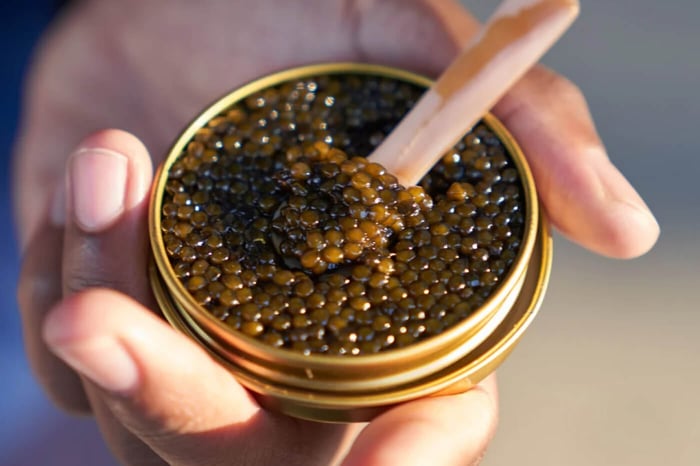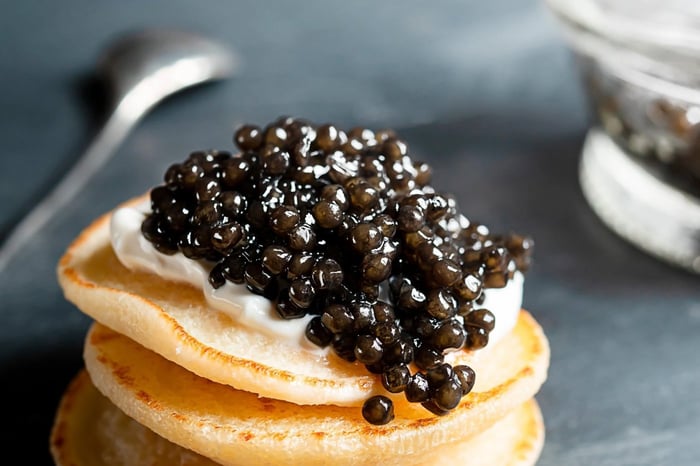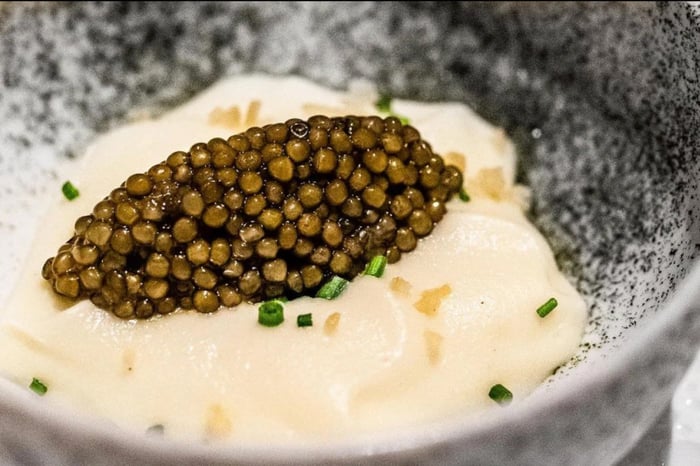 Caviar has long been celebrated as one of the world’s most luxurious delicacies, admired for its delicate texture, complex flavor, and unmistakable elegance. Behind every spoonful lies a meticulous craft perfected over centuries—salt curing. This essential process not only preserves the fragile fish eggs but also enhances their taste, consistency, and longevity. Today, caviar artisans blend traditional curing wisdom with modern precision to deliver the highest quality roe. Understanding the secrets behind caviar salt curing techniques reveals how producers transform fresh eggs into a gourmet treasure sought after by chefs, connoisseurs, and curious food enthusiasts alike.
Caviar has long been celebrated as one of the world’s most luxurious delicacies, admired for its delicate texture, complex flavor, and unmistakable elegance. Behind every spoonful lies a meticulous craft perfected over centuries—salt curing. This essential process not only preserves the fragile fish eggs but also enhances their taste, consistency, and longevity. Today, caviar artisans blend traditional curing wisdom with modern precision to deliver the highest quality roe. Understanding the secrets behind caviar salt curing techniques reveals how producers transform fresh eggs into a gourmet treasure sought after by chefs, connoisseurs, and curious food enthusiasts alike.
Understanding the Role of Salt in Caviar Preservation
Salt is more than just a seasoning in caviar; it is the foundation of the preservation process. Its primary function is to draw out moisture and prevent bacterial growth, creating a safe and stable environment that maintains the integrity of the roe. However, the amount and type of salt used have a profound impact on the final product’s flavor, texture, and shelf life. Too much salt overpowers the eggs and firms them excessively, while too little risks spoilage and poor structure. Producers must strike the perfect balance—often measured within fractions of a percent—to ensure that every bead of caviar remains glossy, fresh, and bursting with natural flavor.

Read: Caviar on a Budget: Affordable Alternatives for Beginners
Traditional Malossol: The Gold Standard of Salt Curing
The term “malossol,” meaning “little salt” in Russian, is synonymous with premium caviar and reflects a traditional curing method that uses minimal salt—typically between 3% and 5%. Malossol highlights the natural essence of the roe, allowing its buttery notes and subtle ocean brine to shine. This technique requires the freshest, highest-quality eggs because the light salting offers limited room for error. Producers must meticulously handle, sieve, and drain the roe before gently mixing in the salt. The malossol method not only preserves the delicate texture but also elevates the pure, clean flavor cherished by caviar enthusiasts worldwide.
Variations in Curing Based on Caviar Species
Different sturgeon species produce distinct roe, each requiring subtle adjustments in curing technique. For example, Beluga caviar, known for its large, soft pearls, demands an exceptionally gentle curing process to maintain its fragile structure, often leaning toward lower salt percentages. Osetra roe, firmer and more flavorful, can handle slightly more salt, which enhances its naturally nutty profile. Sevruga, with its smaller grains and intense brine, benefits from precise curing that balances its bold character. Even non-sturgeon roes, such as salmon or trout caviar, require tailored curing levels to bring out their unique qualities. These species-specific considerations are part of the craftsmanship that ensures each type of caviar reaches its full sensory potential.
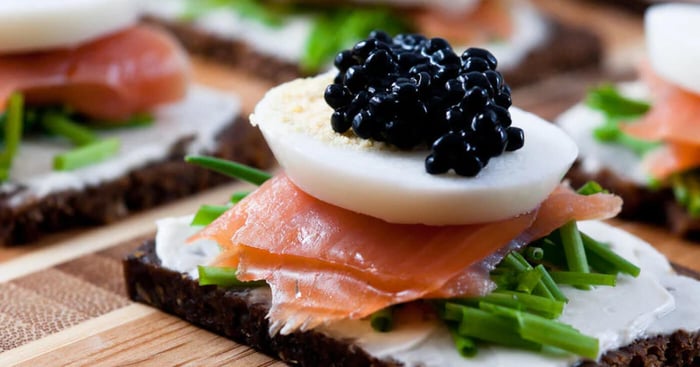
Read: Caviar-Themed Events: Hosting the Ultimate Tasting Party
The Delicate Timing of the Curing Process
Time is a critical factor in achieving perfectly cured caviar. Once salt is added, the roe must rest long enough for the salt to penetrate evenly without compromising texture. This period can range from minutes to several hours depending on roe size, desired salinity, and producer preference. Over-curing can toughen the eggs and dull the flavor, while under-curing leaves them susceptible to spoilage. Master caviar producers rely on experience, tactile feedback, and even subtle visual cues to determine the precise moment the roe has reached its ideal state. This timing is especially important in premium-grade caviar, where consistency, mouthfeel, and flavor complexity must meet the highest standards.
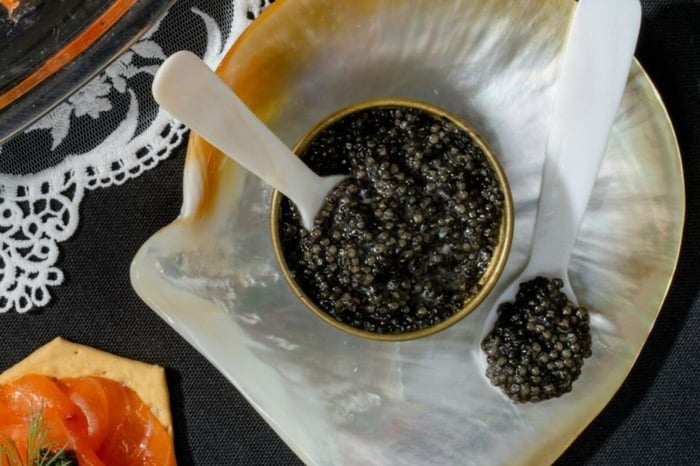
The Influence of Salt Type on Caviar Quality
Not all salt is created equal when it comes to curing caviar. Producers often choose ultra-refined, additive-free salts such as pure sea salt or kosher salt to ensure a clean, neutral profile. Impurities or mineral-heavy salts can introduce unwanted flavors or colors to the delicate roe. Grain size also matters—fine grains dissolve quickly and distribute evenly, while larger crystals may lead to inconsistent curing. Some artisans experiment with specialty salts, such as low-mineral Himalayan varieties, to achieve unique flavor profiles, though these are typically reserved for specialty batches rather than traditional premium caviar. The type of salt ultimately shapes the final aroma, taste, and mouthfeel, making it one of the most influential components in the curing process.
Modern Innovations in Caviar Salt Curing
While traditional methods continue to guide producers, modern innovations have refined the curing process even further. Temperature-controlled curing environments ensure consistent results year-round, while advanced filtration and sanitation systems preserve roe purity. Some producers use precision salometers to measure salt concentration with scientific accuracy, allowing for ultra-consistent flavor across batches. Vacuum-packing and controlled-atmosphere packaging help maintain freshness without increasing salinity, extending shelf life while preserving delicate textures. These advancements blend seamlessly with centuries-old curing traditions, ensuring that today’s caviar meets the expectations of the most discerning global consumers.
Conclusion
Caviar salt curing is an intricate blend of science, tradition, and artistry. From selecting the ideal salt to tailoring techniques for each species and perfecting the timing, every step plays a pivotal role in shaping the final luxury experience. While modern technology has enhanced consistency and safety, the heart of the curing process remains deeply rooted in craftsmanship—guided by skilled hands and decades of expertise. Understanding the secrets behind these techniques not only deepens appreciation for this delicacy but also highlights the dedication required to transform fragile fish eggs into one of the world’s most celebrated gourmet foods.
About the Author
 Igor Fishbeyn - Caviar Purveyor
Igor Fishbeyn - Caviar Purveyor
Igor Fishbeyn is purveyor of fine sturgeon caviar and creator of the Skazka Caviar brand. He is an expert with decades of experience specializing in importing, wholesaling, and retailing the finest quality caviar in the world. Igor frequently writes about caviar news and various topics about the caviar industry. He lives in San Francisco with his wife and daughter.
Shop Skazka Caviar
Browse Our Exclusive Caviar Collection
[dib_prod_5322279944351] [dib_prod_5322391584927] [dib_prod_5322633216159][dib_prod_5322609590431]
Shop Caviar By Type
Shop Black Caviar | Shop Red Caviar | Shop Caviar Accessories
Shop Beluga Caviar | Shop Kaluga Caviar | Shop White Sturgeon Caviar
Shop Osetra Caviar | Shop Salmon Roe | Shop Albino Sturgeon Caviar


